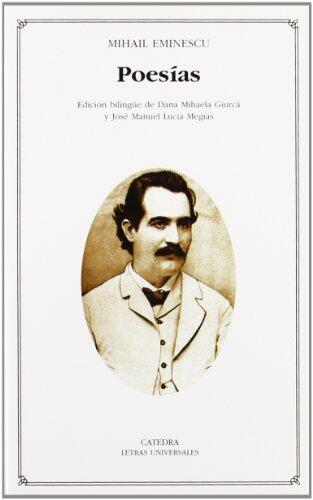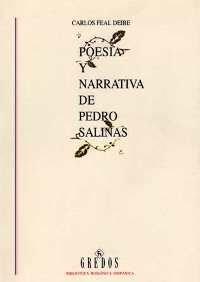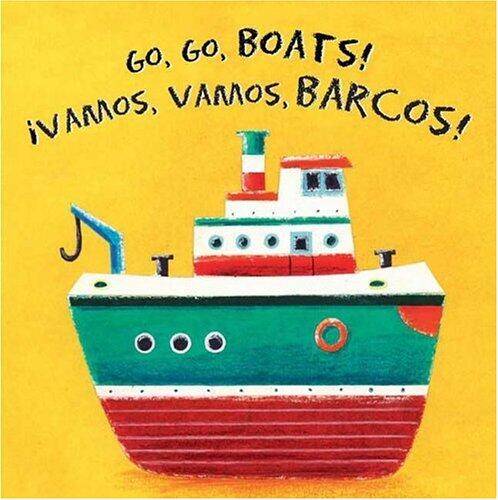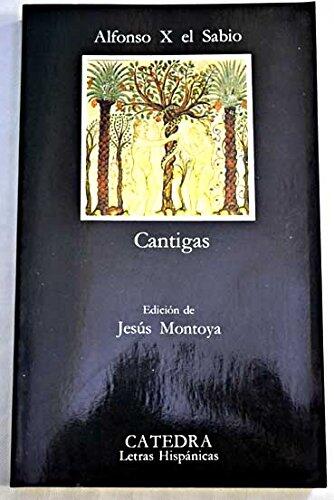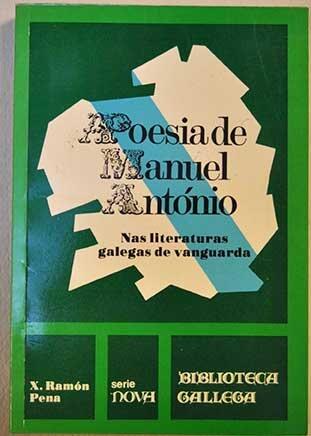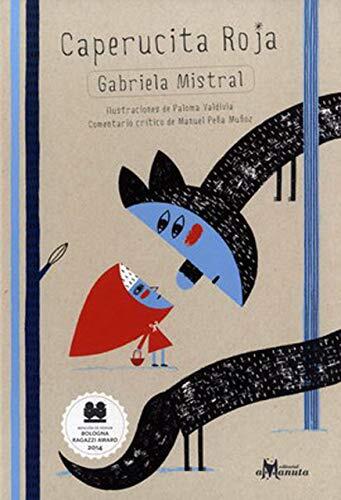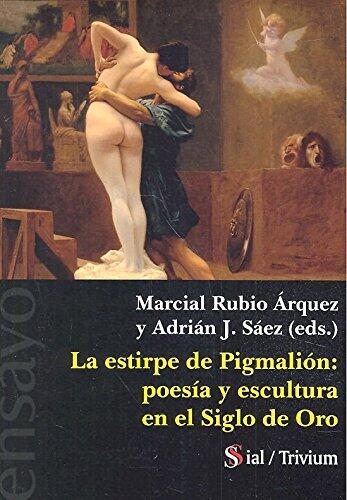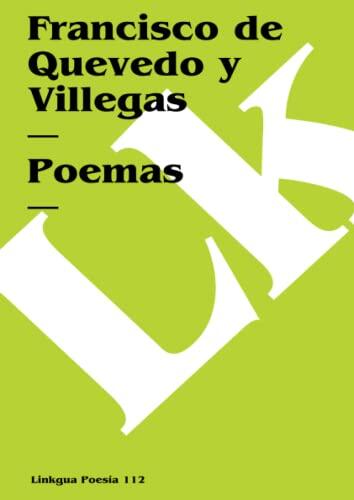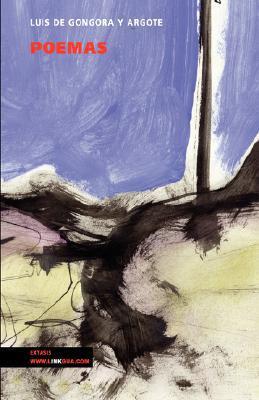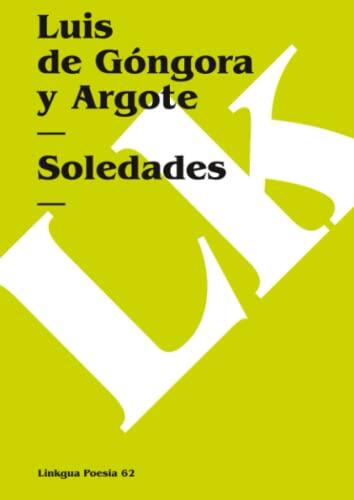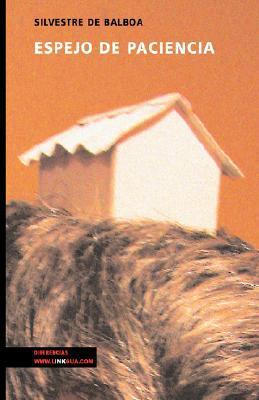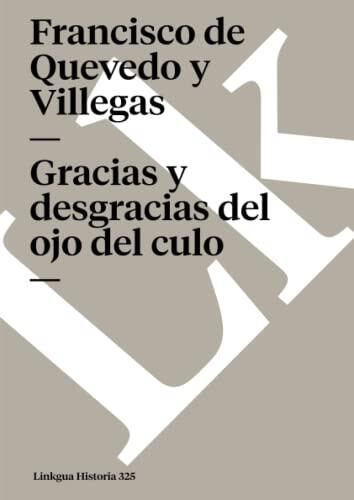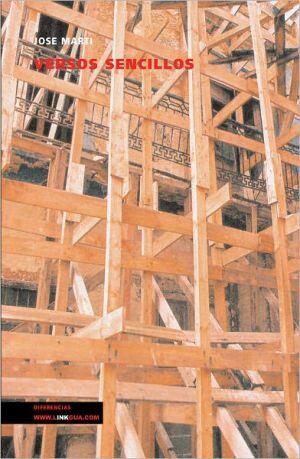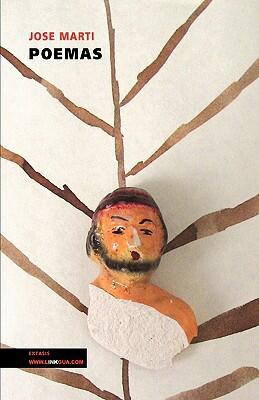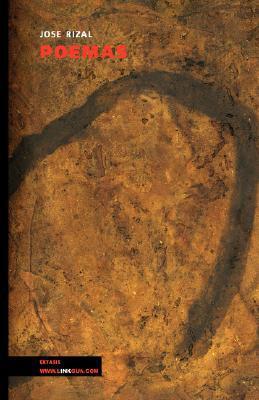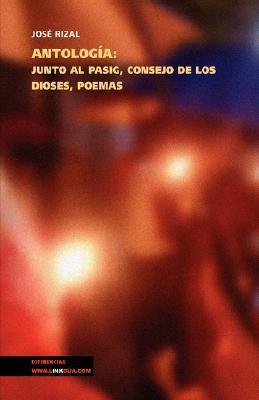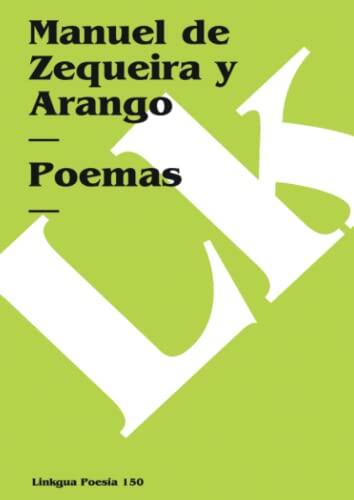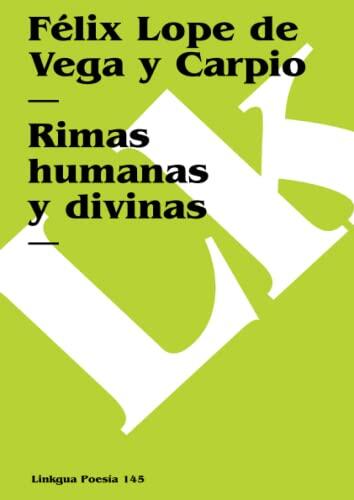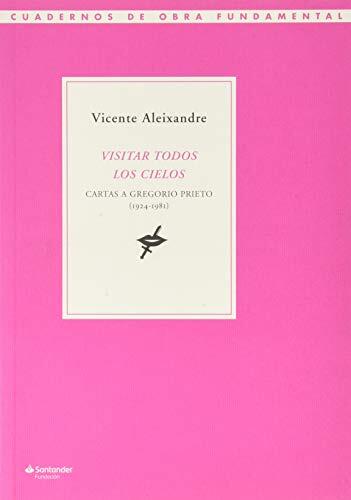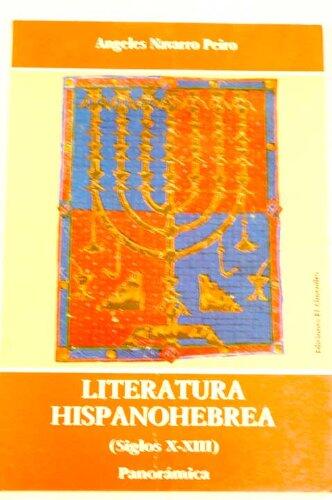
La literatura de los judíos de Sefarad: Poesía, narraciones y cuentos. Siglos X-XII
아직 평점이 없습니다
Poetry
형식
페이퍼백
페이지
125
언어
스페인어
출판됨
Jan 1, 1988
출판사
Ediciones El Almendro
ISBN-10
8486077605
ISBN-13
9788486077600
설명
Angeles Navarro Peiro delves into the vibrant literary heritage of the Sefardic Jews during the 10th to 12th centuries, exploring a rich tapestry of poetry, narratives, and tales that emerged from this unique cultural milieu. The author skillfully navigates through historical contexts that shaped the lives and expressions of the Jewish people living in the Iberian Peninsula, shedding light on their contributions to the broader Spanish literary landscape.
Through a meticulous examination of various texts, Navarro Peiro highlights the diverse themes and styles that characterize this period. Readers are introduced to the emotional depth and intellectual rigor displayed in Sefardic works, which reflect both individual experiences and communal identities. Each piece serves as a testament to the resilience and creativity of a people who thrived despite the challenges they faced.
The work is supported by a comprehensive bibliography, encouraging further exploration and research into this fascinating segment of Jewish literature. With an attentive eye for detail, the author includes an index, making it easy for readers to navigate through the wealth of information presented, allowing them to delve deeper into specific subjects of interest.
Ultimately, this exploration not only serves as an academic study but also as an invitation to appreciate the artistic and cultural richness of the Sefardic Jewish tradition. The book stands as a bridge connecting contemporary readers with the enduring legacy of a remarkable literary past.
Through a meticulous examination of various texts, Navarro Peiro highlights the diverse themes and styles that characterize this period. Readers are introduced to the emotional depth and intellectual rigor displayed in Sefardic works, which reflect both individual experiences and communal identities. Each piece serves as a testament to the resilience and creativity of a people who thrived despite the challenges they faced.
The work is supported by a comprehensive bibliography, encouraging further exploration and research into this fascinating segment of Jewish literature. With an attentive eye for detail, the author includes an index, making it easy for readers to navigate through the wealth of information presented, allowing them to delve deeper into specific subjects of interest.
Ultimately, this exploration not only serves as an academic study but also as an invitation to appreciate the artistic and cultural richness of the Sefardic Jewish tradition. The book stands as a bridge connecting contemporary readers with the enduring legacy of a remarkable literary past.
